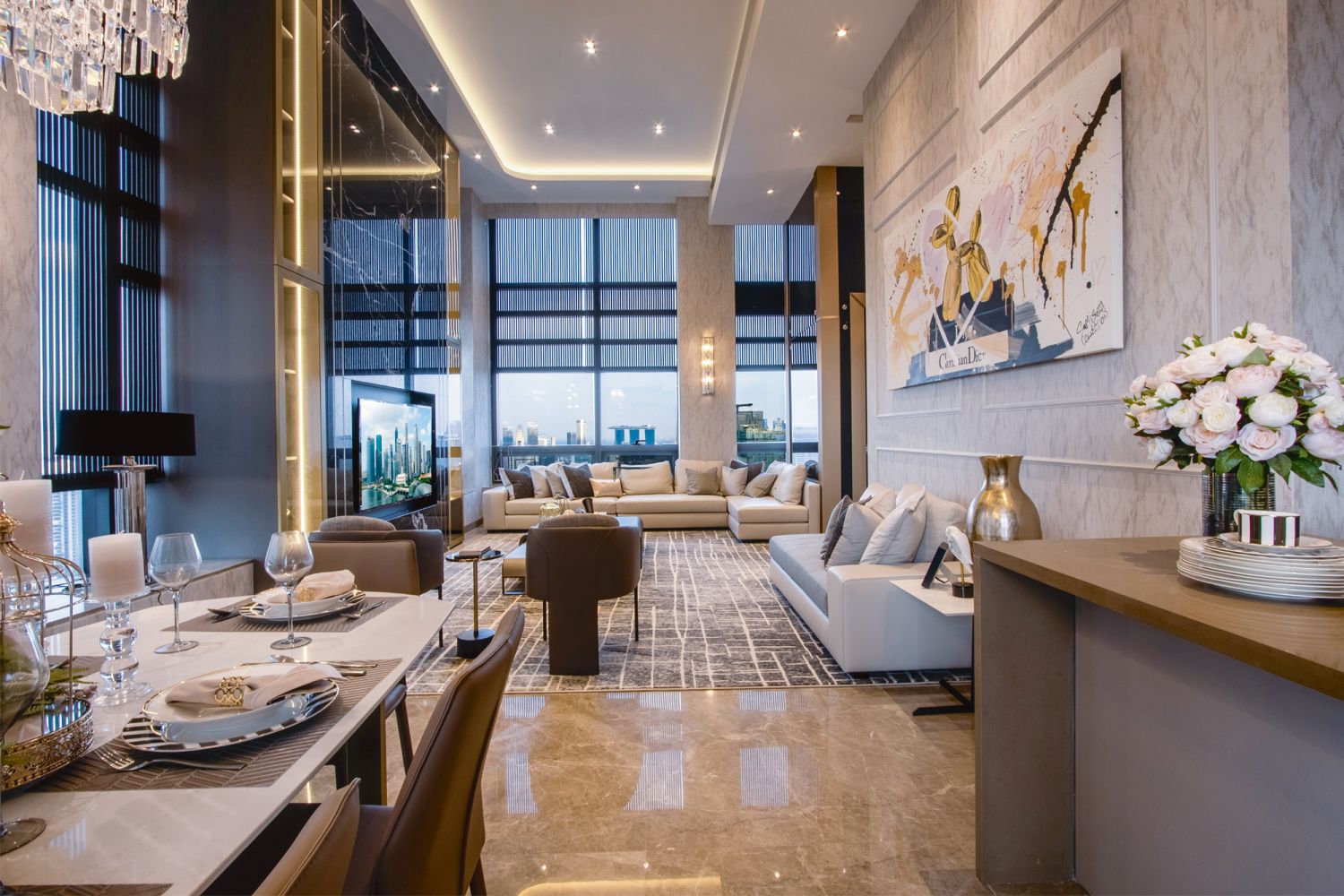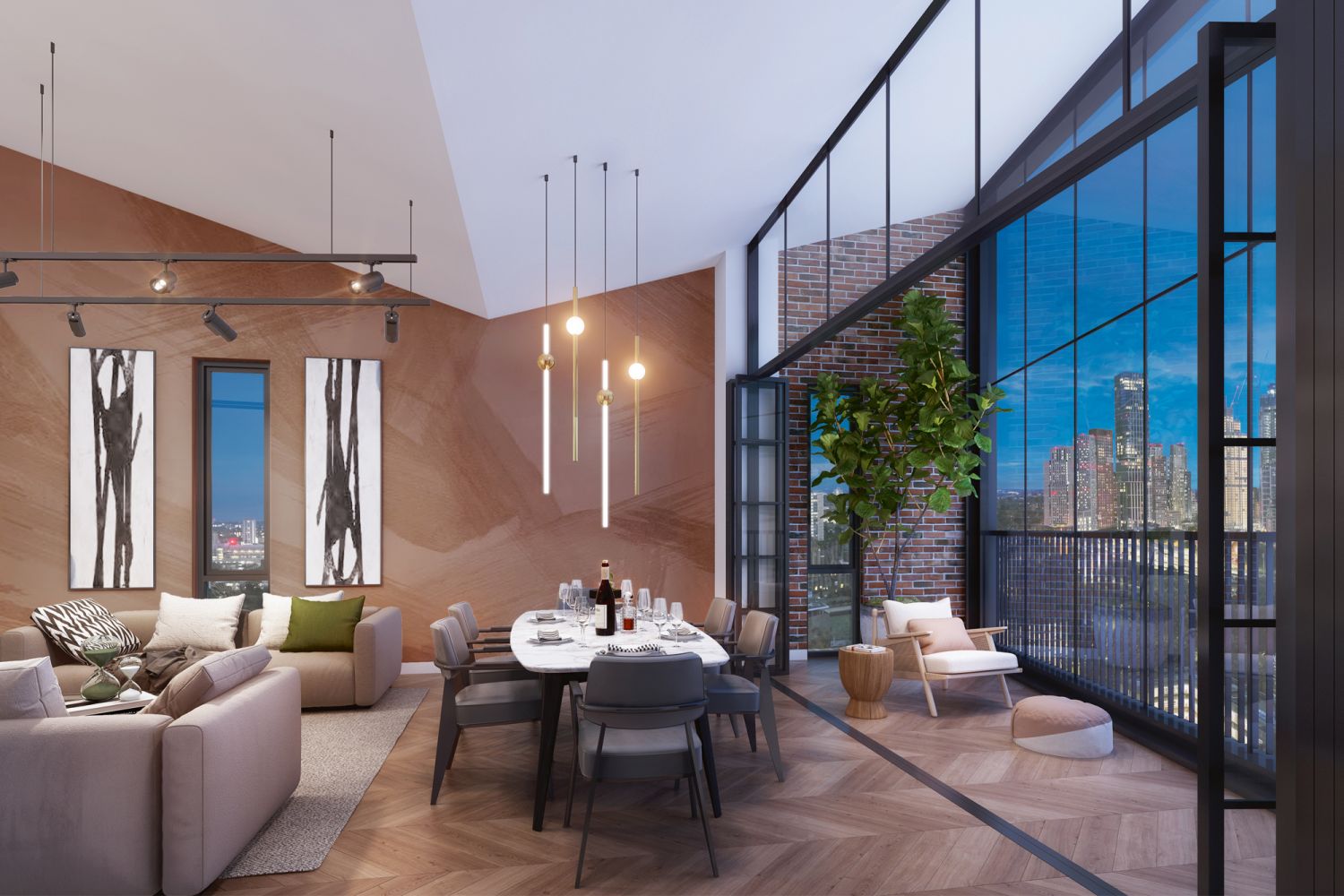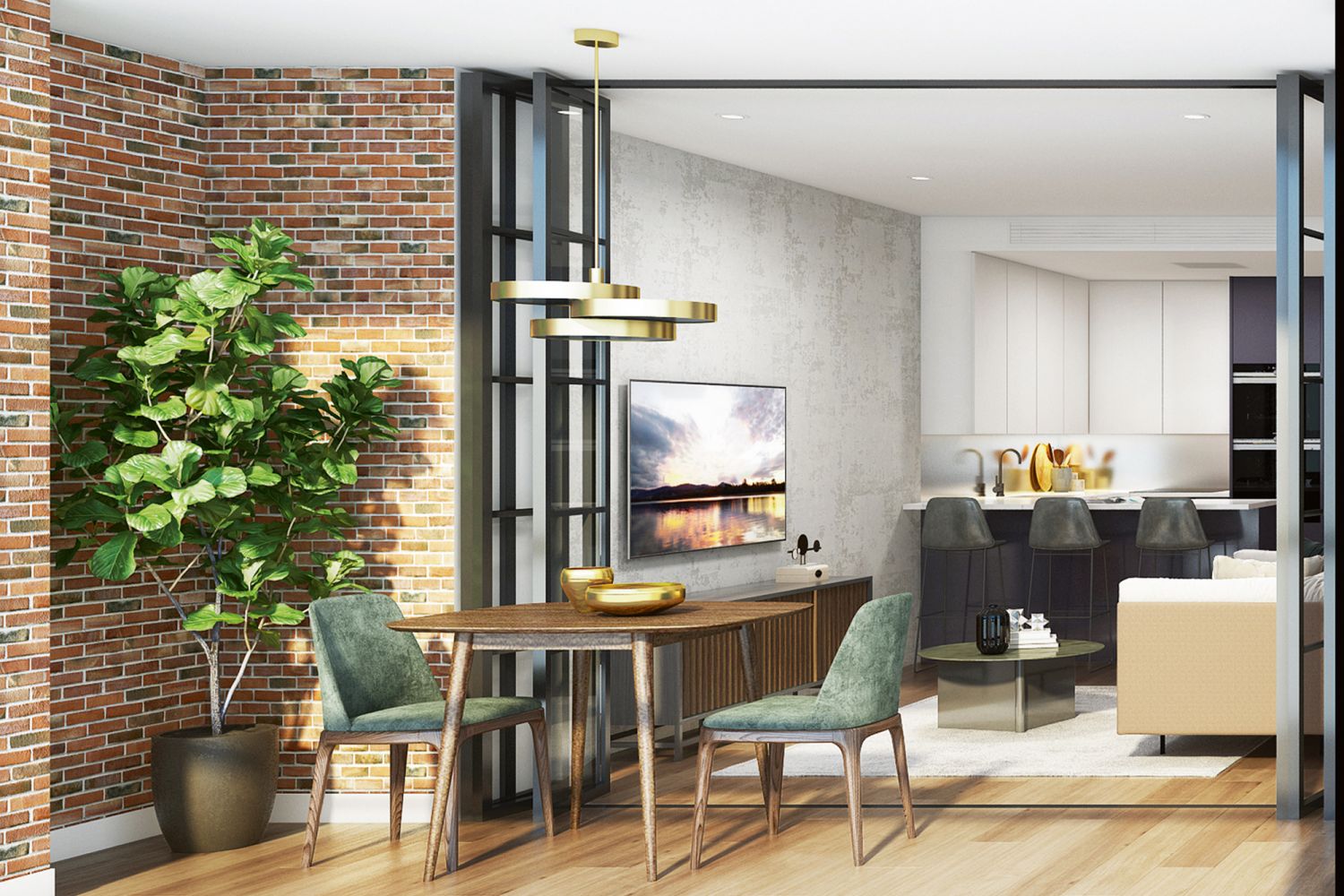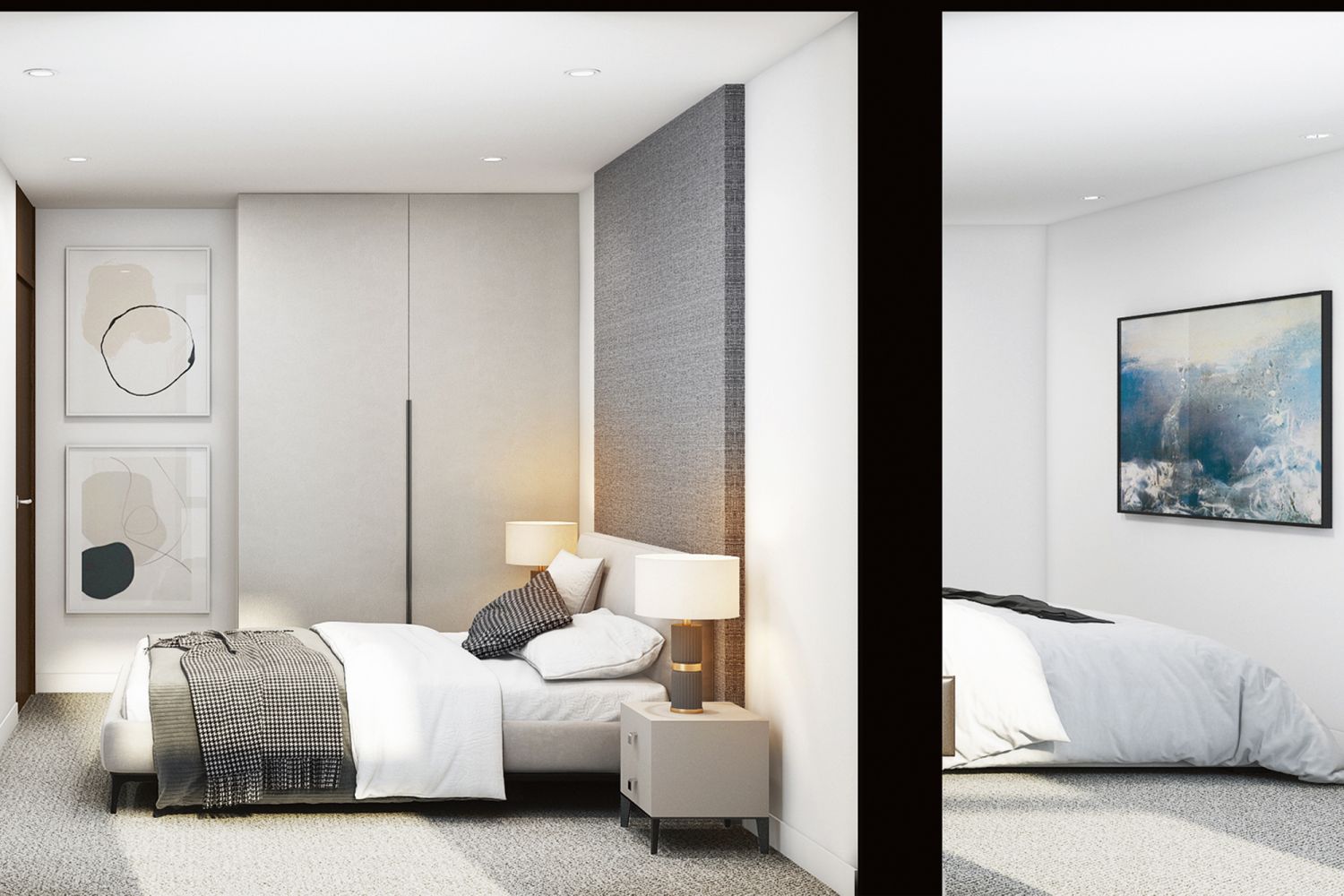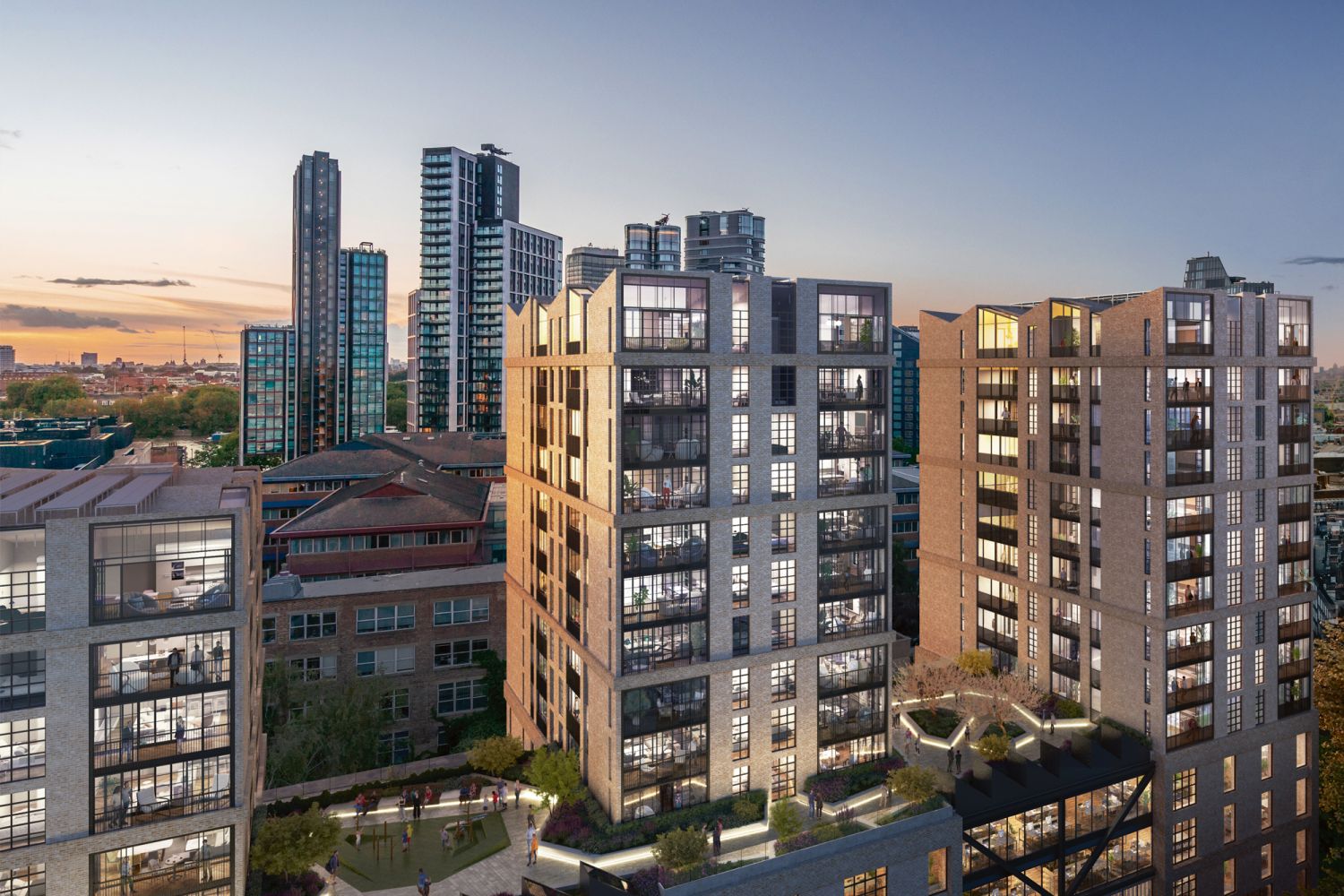The popularity of online viewings rose rapidly during the pandemic, but are they the way forward? We investigate the benefits
“Only 22 per cent of the people who bought our properties in 2021 physically inspected the location or the physical building,” declares Johannes Weissenbaeck, founder and CEO of OXO Living, an Indonesia-headquartered property and design company that develops and manages estates, villas and other luxurious homes around the world. Indeed, Weissenbaeck’s statement harks at the roots of a new beginning for realtors and prospective homeowners alike.
One of the first ways the real estate industry adapted when the Covid-19 pandemic halted travel was to step up its digital offerings. Tammy Fahmi, senior vice-president of global servicing and strategy at Sotheby’s International Realty says that with consumers digesting most content on their mobile devices, including searching for a home, it was only a matter of time before such a move took hold. On their part, real estate firms put up “listings that possess high-quality images, but also ones that prioritise compelling video assets that best showcase the lifestyle of the home”, says Fahmi.
Don't miss: Property Trends: 5 Reasons to Buy Real Estate in Southeast Asia Now
1. Skip the need to travel

In the case of Graphite Square in central London’s Vauxhall district—located on the South Bank of the River Thames—it offered everything that new-normal buyers were looking to tick off their list. Acquired last year by Australian developer Third.i Group, this 279, 900 sq ft mixed-use development has notably sold 50 per cent of the units in its first phase to high-net-worth (HNW) Singaporean buyers.
Along with an off-market VIP prelaunch campaign, what attracted buyers were the enhanced virtual reality (VR) offerings, which made up for the prospective owners’ inability to attend physical viewings. Luke Berry, co-founder of Third.i, says that one of the things foremost on their minds was ensuring that issue did not get in the way of prospective buyers making informed decisions on their property purchase.
In case you missed it: Why Does This Luxury Mansion Have a NFT Gallery?
